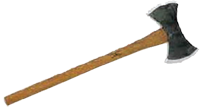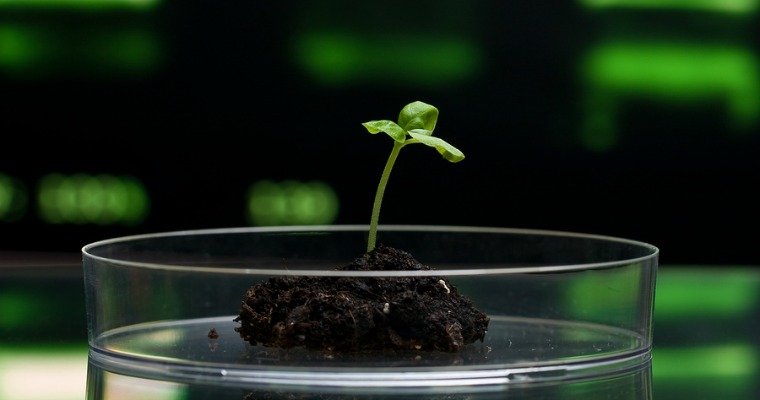Do you struggle to grow grass and/or plants on your lawn? This problem could be attributed to the soil being too acidic.
When the pH level of soil drops below 5.5 (the lower the PH, the more acidic the soil), it can create a world of problems. Plants won’t be able to absorb the nutrients they need to thrive; and levels of certain toxic elements, such as aluminum and manganese, may increase.
So, what’s the best way to deal with acidic oil?
Test Your Soil’s pH Level
First and foremost, you need to test the pH level of your soil to determine just how acidic it really is.
There are several different ways to perform this task, one of which is by using a disposable testing strip. These strips are placed directly in the soil, at which point it will reveal the pH level.
Alternatively, you can use an electronic pH tester, which generally delivers more accurate readings. Both disposable and electronic pH testers can be purchased from most gardening centers and plant nurseries.
What Causes Acidic Soil?
Acidic soil is typically caused by one or more of the following elements: excessive rainfall, decaying plants and organic matter, acid parent material, and the harvest of high-yield crops.
If the rainwater is acidic, for instance, it will naturally lower the pH level of the soil; thus, making it more acidic as well. Or when plants and animals decay, the decomposing organic matter may leach into the soil, making it more acidic.
Keep in mind that certain climates are also more prone to acidic soil than others, such is the case for areas that receive large amounts of rainfall.
Correcting Overly Acidic Soil
If your soil’s PH level is below 5.5, you should take action to raise it back to a suitable level.
Thankfully, this is a relatively easy process that anyone can do. The general idea is that you want to add more base/alkaline to the soil, as this neutralizes the acid to make it less acidic. One of the most commonly used ingredients for this purpose of limestone.
Limestone is cheap, readily available, and easy to apply. Sprinkle some limestone throughout your yard and then water it. The water will cause the limestone to dissolve, allowing it to seep into the soil where it will correct the pH level.
After applying limestone to your yard, wait 48 hours and then re-check the pH level. If it’s still below 5.5, add another dose of limestone. Depending on just how acidic the soil is, it may take two or more applications of limestone before the pH balances out.
The Woodsman Company offers tree planting, tree pruning and shrub trimming, tree removal and stump grinding as well as a tree wellness program.
If we can help with any of your tree care needs give us a call at 512-846-2535 or 512-940-0799 or

